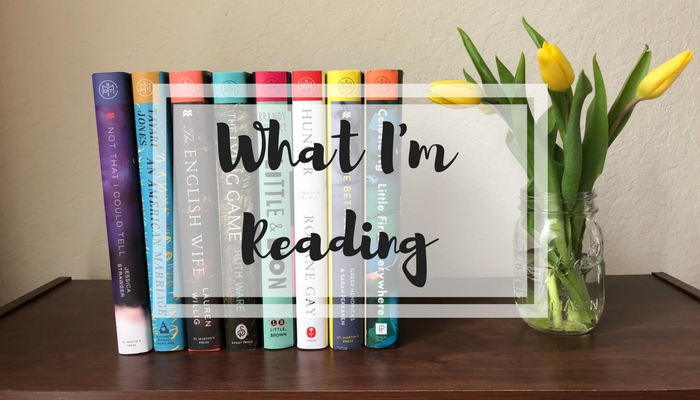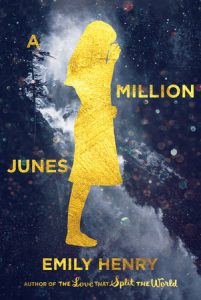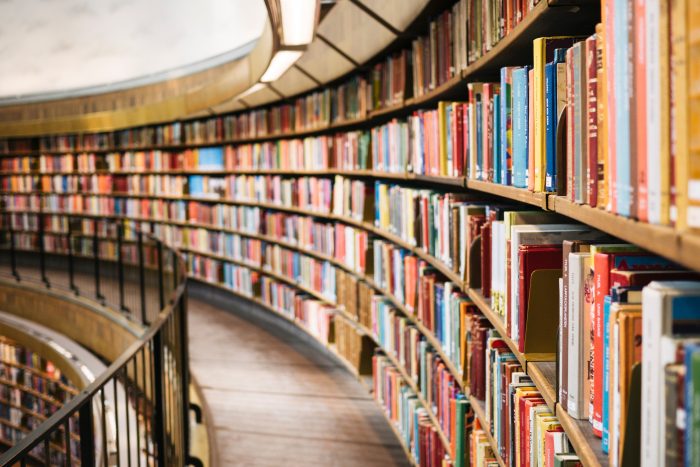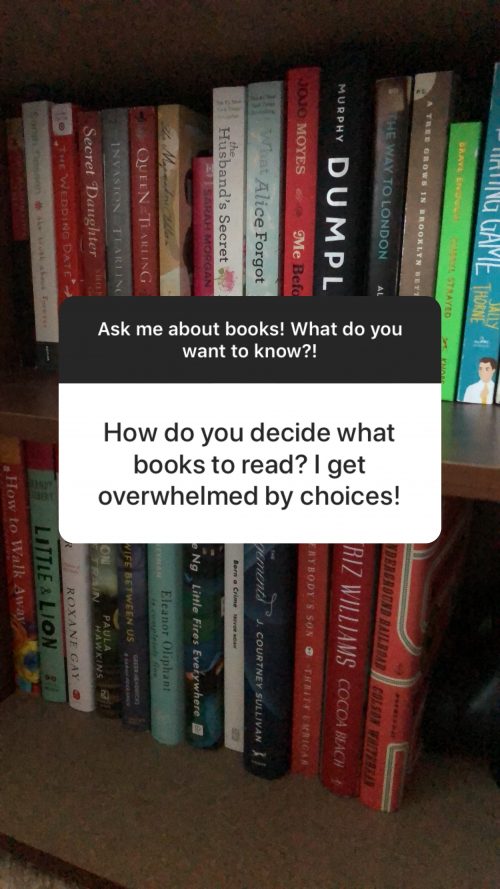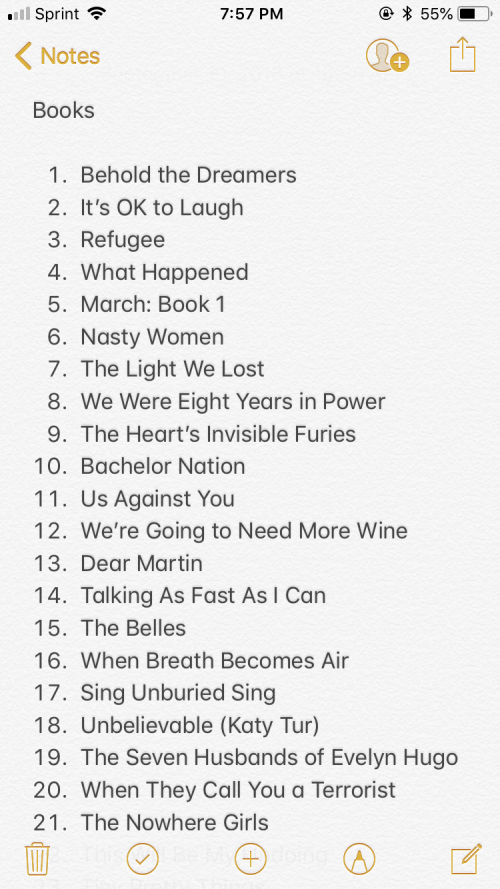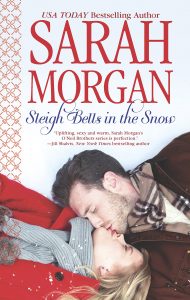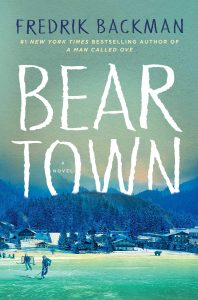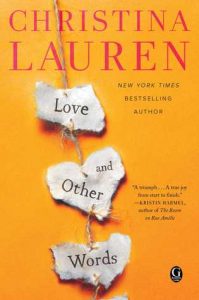Four years ago (nearly to the day!), I published a post where I talked about my reading habits. For a week, I logged my time to give a summary of exactly how I make time for reading. Some interesting findings from that post:
- Most of my reading was done in short bursts of time of 15 minutes or less (57%)
- The longest amount of time I spent reading was 45 minutes
- I read before work every single day (usually just a few pages), but that’s something I don’t do anymore.
I’ve always wanted to do a follow-up post about my reading habits and see how things have changed, so last week, I logged my reading time again. I just had no idea that I picked the exact same week as before. (How does that even happen?!)
Let’s look at how I’m making time for reading in 2018!
Monday, September 10
- 35 minutes: reading during my lunch break
- 27 minutes: commuting home (audiobook)
- 12 minutes: puttering around (audiobook)
- 28 minutes: reading before bed
Total time reading: 1 hour, 42 minutes
Tuesday, September 11
- 26 minutes: reading during my lunch break
- 18 minutes: reading during my bubble bath
- 17 minutes: reading before bed
Total time reading: 1 hour, 1 minute
Wednesday, September 12
- 28 minutes: reading during my lunch break
- 14 minutes: reading during my bubble bath
- 27 minutes: reading before bed
Total time reading: 1 hour, 9 minutes
Thursday, September 13
- 19 minutes: reading during my lunch break
- 13 minutes: reading during my bubble bath
- 23 minutes: reading while puttering around
- 9 minutes: reading before bed
Total time read: 1 hour, 4 minutes
Friday, September 14
- 10 minutes: reading before a nap
- 45 minutes: reading while puttering around
- 24 minutes: reading before bed
Total time read: 1 hour, 19 minutes
Saturday, September 15
- 12 minutes: reading after waking up
- 12 minutes: reading before a nap
- 9 minutes: reading when I woke up from the nap
- 23 minutes: reading while puttering around
- 1 hour: reading before bed
Total time read: 1 hour, 56 minutes
Sunday, September 16
- 23 minutes: reading after waking up
- 32 minutes: reading while puttering around (part-audiobook)
- 15 minutes: driving (audiobook)
- 1 hour, 45 minutes: reading while watching football
- 19 minutes: reading before bed
Total time read: 3 hours, 14 minutes
Total time read for the week: 11 hours, 25 minutes
***
Ah, it’s so interesting to see my reading time laid out in a weekly format like this. It shows how much time I spend reading. Even on my busiest days, I still put in an hour of reading time (Tuesday/Wednesday/Thursday) and every day ended with me reading in bed, even if it was only for a few minutes (Thursday). I read every day on my lunch break, which is probably my favorite part of every day. I used to go outside to a bench that’s under some trees, but it’s just too hot to be outside for more than a few minutes at this time of year. So I’ve started going to my car, pushing back the seat, and stretching out. I turn on the engine so I can have the cold air blasting on me and sit in complete silence, and it. is. divine.
I wasn’t sure what to call the category I named, “puttering around,” but this is how I tend to get things done while still working in copious amounts of reading time. I’ll sit down with my book and let myself read 1-2 chapters or 10 or so pages (depending on how long the chapters are), and then I’ll get up and do something. Maybe I’ll take care of a chore or spend some time working on a blog post, but whenever I finish the task or I need a break, I’ll come back to my book. And repeat, repeat, repeat.
I’m still reading in short bursts of 15 minutes or less, but definitely not at the same rate I was four years ago. I broke my times down into four categories: 15 minutes or less, 15-30 minutes, 30-45 minutes, and 45 minutes or longer. The second category, 15-30 minutes, came out on top at 48%. 15 minutes or less followed at 33%. The last two categories account for the remaining 19%.
I didn’t calculate the number of pages I read during each reading period, but I finished an audiobook (I only had an hour left on it, though) and read a 350-page book, along with making progress on the other books I’m reading (Come as You Are, Taking Fire, and Persuasion). I’m usually not reading this many books at once, but it happens every now and then.
But there you have it! That’s how I make time for reading on a daily basis. I have the freedom to do so, but it’s also something I choose to do. I could be doing other things with my free time, like binge-watching shows on Netflix or playing games on my phone, but I choose to read more often than not. It’s what I make time for every single day, usually for an hour or more. And I have zero regrets about that!
How do you make time for reading?

